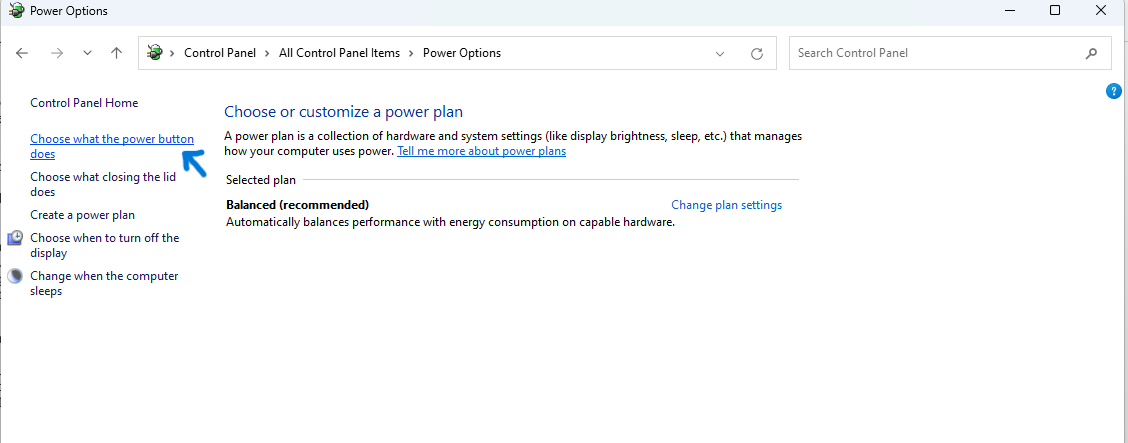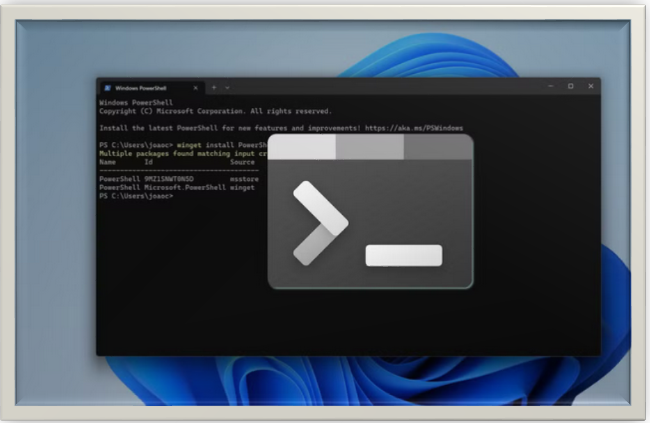HOW TO ENABLE OR DISABLE HIBERNATION IN WINDOWS 11
Learn how to enable or disable hibernation in Windows 11 with our easy guide. Optimize your PC's power settings for better performance and energy efficiency.

INTRODUCTION:
Hibernation is one of the power management features included in Windows 11. Hibernation is similar to putting your PC into a deep sleep. Before completely shutting down, it saves the system state including open programs and files on your hard drive. When you turn your computer back on, everything goes back to as it was a short while before allowing you to pick up where you left off. Here's a simple guide for beginners on how to enable or disable Hibernation in Windows 11:
Understanding Hibernation
Windows 11 has a power-saving option called hibernation that enables your computer to save its present state on the hard drive and then turn it off. Your computer picks up where it left off when you turn it back on, including all open programs and archives. Enabling hibernation can be helpful if you frequently have to put off work and finish it later without shutting down your computer. Conversely, disabling hibernation can prevent accidental hibernation and free up disk space.
Aces: Saves power when you won’t be using your computer for an extended amount of time.
Cons: requires disk space for the hibernation file, roughly equal to your RAM.
Method 1: Enabling hibernation with a command prompt:
• Search for the Command Prompt: Select "command prompt" from the Start menu by typing it into the Search bar.
• Run as administrator: To give the program the necessary permissions to change the system settings, right-click on "Command prompt" and choose "Run as administrator."
• Activate Hibernation: Type the following command in the Command Prompt window, then hit Enter:
'''
powercfg.exe /hibernate on
'''
• Message of Success: The Command Prompt will display a message verifying that hibernation has been enabled if that proves to be successful.
Type “Exit” and hit enter to close the command prompt window.
Disabling Hibernation using Command Prompt:
• Open the Command Prompt and run as administrator.
• Deactivate Hibernation: Type the following command in the Command Prompt window, then hit Enter:
'''
powercfg.exe /hibernate off
'''
• Confirmation message: It will be confirmed by the Command Prompt that hibernation has been disabled.
Type “Exit” then hit the enter button to close the command prompt window.
Checking Hibernation Status
• Open the command prompt and run as administrator.
• Type the following command and press enter:
'''
powercfg /a
'''
• This command will display all of your system's available sleep states, including hibernation.
Method 1b: Using Group Policy Editor
• Open Command Prompt: As shown in method 1, open Command Prompt with administrative privileges.
• Open Group Policy Editor: Type the following command and hit Enter:
'''
gpedit.msc
'''
You can access the Local Group Policy Editor by using this command.
• Go to Power Options: Open the Local Group Policy Editor and navigate to "Computer Configurations" > "Administrative templates" > "System" > "Power management" > "Sleep Settings."
• Change Sleep Configuration: Double-click "Hibernate after" and choose "Enabled." Decide whether to set the time to "0" to disable hibernation or in minutes to enable it.
Method 2: Without Command Prompt:
If you feel uneasy with the Command Prompt, you can use the Control Panel to either enable or disable hibernation:
• Search for control panel: Locate and launch the "Control Panel" from the Start menu.
• Navigate to the Hardware and Sound: Find and click on the “Hardware and Sound” category.
• Click on the Power Options: Under "Hardware and Sound," choose "Power Options."

• Choose the function of the power buttons: Tap this option from the left side of the Power Options window.

• Modify settings that are currently unavailable: It may be necessary to click on a "Change settings that are currently unavailable" link for this to happen.
• Hibernation settings: Locate the "Hibernation" section and choose the box next to it to either enable or disable hibernation independently.

• Save changes: To implement your selection, click "Save changes".
You now understand how to manage Windows 11 hibernation using the Control Panel and Command Prompt! Choose the approach that best meets your needs for power management and comfort level.
CONCLUSION:
Enabling or disabling hibernation in Windows 11 is a simple process that enables you to adjust your computer's power settings to your preferences. You can effortlessly manage hibernation settings and maximize your PC's power management by implementing any one of the tactics described in this guide.
Therefore, whether you like to use Command Prompt in particular or to access advanced power settings, these methods ensure that you have complete control over hibernation on your Windows 11 computer.
Thanks for reading.
If you like the article, consider sharing and subscribing. ;)




